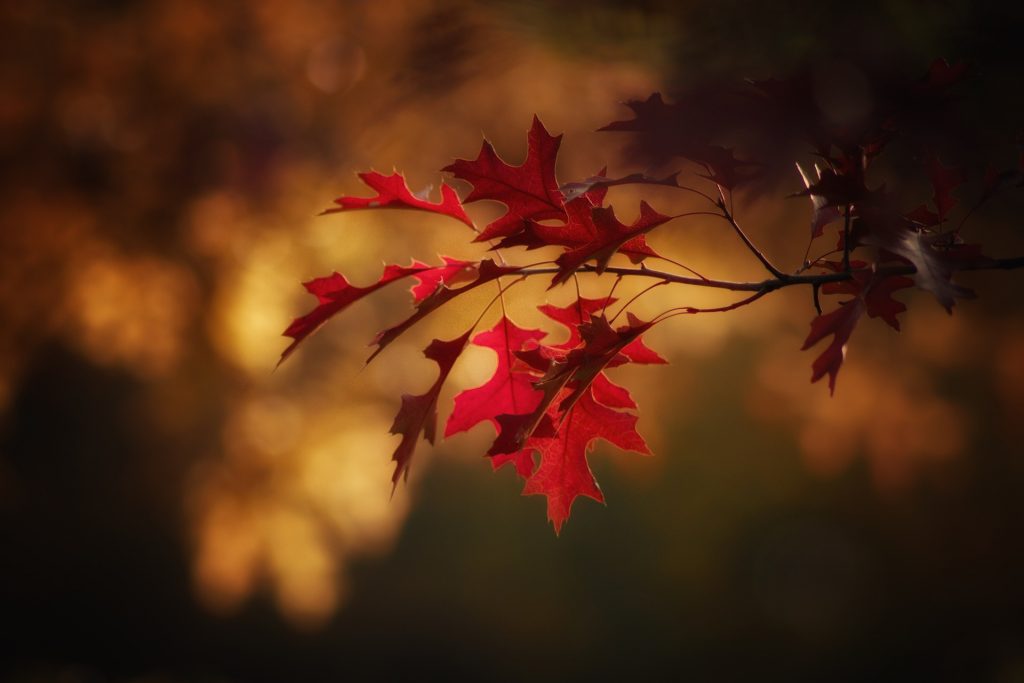Here are some more free printable free printables for your studies of leaves. Leaf Identification Flashcards from Learn with You can be used on your nature walk. This Leaf activity pack from 3 Dinosaurs contains more than 80 pages of math- and reading activities for children of all ages. Each card has an individual meaning that relates to the color it is.
This basic idea is to find out what each card stands for. What color is this Leaf and how do the Leaves Look? What does this leaf do, exactly? There are many ways children can learn about the various leaves of plants as well as the process of photosynthesis. This is vital for the survival of all life on Earth. Photosynthesis is a process that takes place in real life, it is in plants and it is also used in humans. You will need to be able do some research to study photosynthesis. So, look for an online project that uses photosynthesis.
Photosynthesis is the process by which plants convert light into energy and then to fuel for their growth and survival. Photosynthesis is more complicated than you might think. The basic principle of photosynthesis is that the leaves absorb the sun’s radiations, which are then absorbed by the leaf’s own chlorophyll. The chlorophyll reacts with the oxygen in the air, causing it to split to form the sugars that are made into starch and later into the food we eat. One of the most important things to note is that trees make food without using any energy from the sun, it is all food that has been synthesized through the photosynthesis process.
The energy that the sun gives off during the day is absorbed by the leaves. They then spend most of the day storing this energy in the stalks or staves to keep it from fading. This is because chlorophyll absorbs all the energy it needs to make food. There are other factors that influence how long a tree or plant can stay green. One factor is sunlight. The other factor is water.

Too much sunlight can cause photosynthesis to stop and cause leaves to change color. This can be caused either by too much sunlight or trees that have been forced up to a high height (as in the case with spires). If the tree or plant species is extremely rare or is not found in a particular area, then the green leaves could indicate that there is a problem with food availability. The plant species might not survive if the food sources are limited.
The second reason leaves may turn color is that they aren’t getting enough water. The winter months in most areas are very cold, and this affects the amount of water that the leaves can survive on. They can die if they don’t get the water they need. Many trees and plants used in landscaping will have a shorter-lived, hardy leaf in the winter and fall. They will be replaced with a new leaf in the spring and summer months.
The leaves also change color in the fall and winter in order to conserve energy. As the temperature drops at night, deciduous trees often change colors in order to retain heat. They may also change their color during the day to keep cool. The leaves may not turn brown if the tree isn’t well drained. However, there are some exceptions to these rules.
Looking at the leaves of a plant species can be a great way to learn about it. You’ll see that each leaf is unique depending on the part of a plant kingdom it belongs to. They are also all different lengths and shapes depending on their particular function or job. This information is important if you are interested in taking a class on plant life or planning to start a garden. It will help to understand how plants grow and which part of the photosynthesis process is required to reproduce and thrive.
